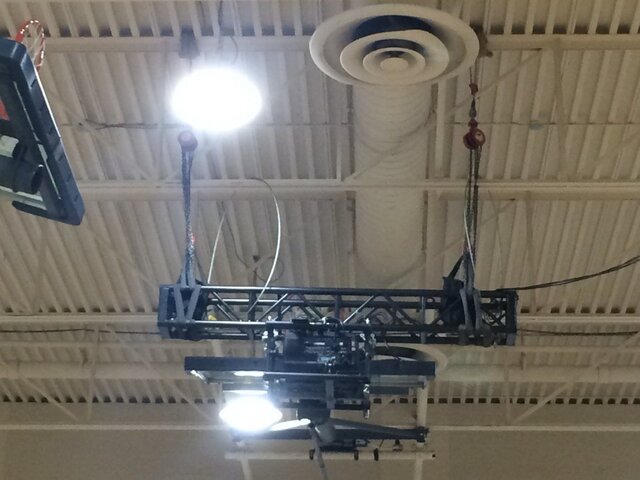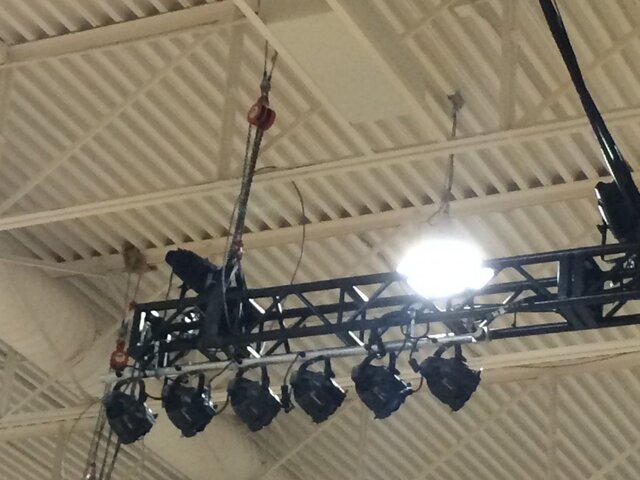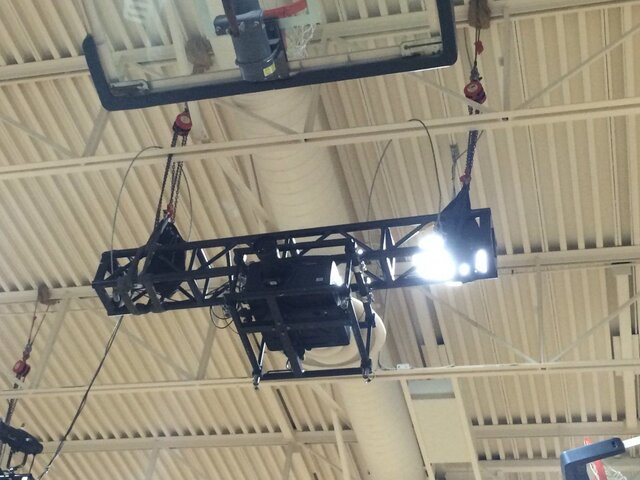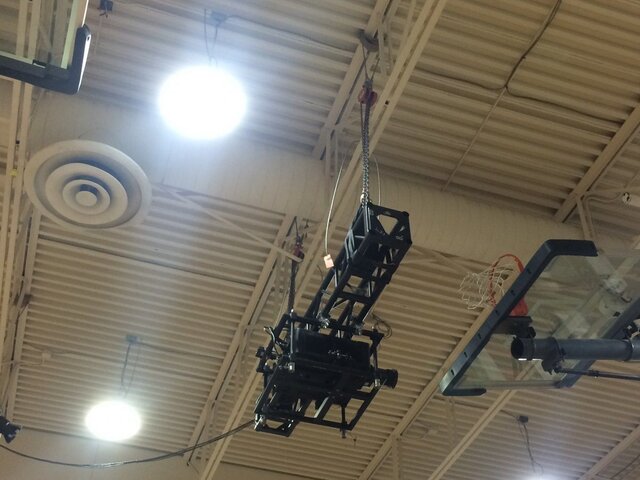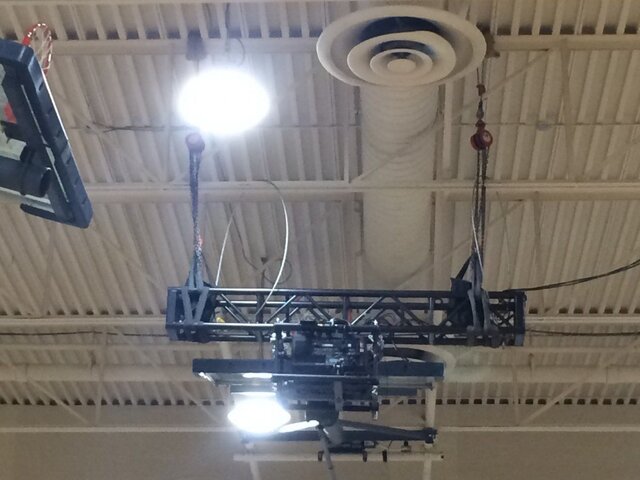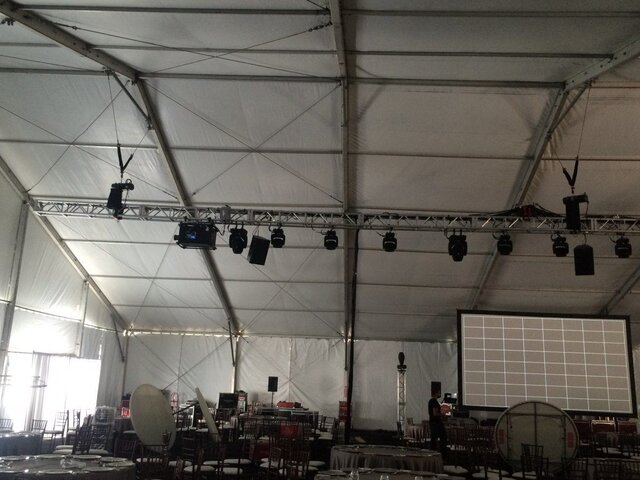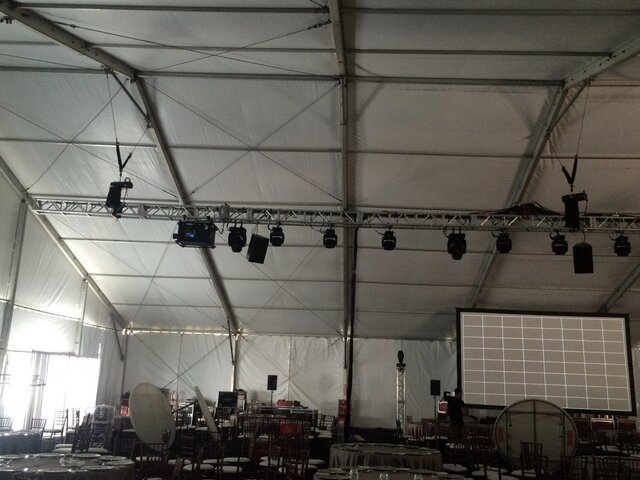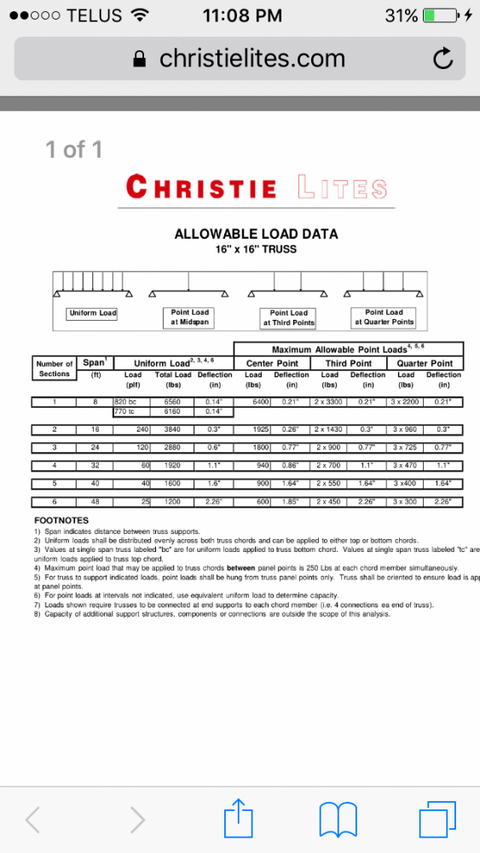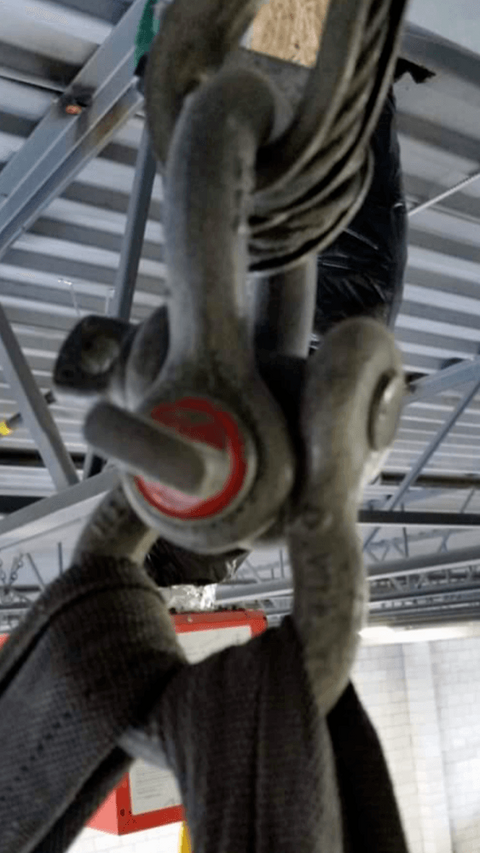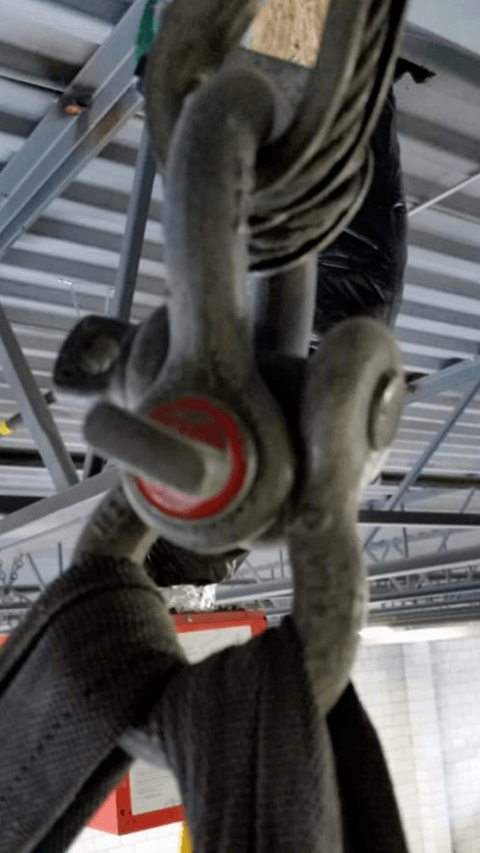You are using an out of date browser. It may not display this or other websites correctly.
You should upgrade or use an alternative browser.
You should upgrade or use an alternative browser.
Teach @Dagger Rigging.
- Thread starterDagger
- Start date
Here's a pic of the roof truss dead hang with chasing fall . My concern is the I bing if the chain against low steel when raising/ lowering chain.
Someone suggested using a stinger .
Does rubbing the chain against low steel does wear out the chain ,right ?
Having the chain fall below low steel Not sure if it will give us the desired trim height
Someone suggested using a stinger .
Does rubbing the chain against low steel does wear out the chain ,right ?
Having the chain fall below low steel Not sure if it will give us the desired trim height
Attachments
Attachments
Last edited:
Can someone explain this chatmet to me
I don't quite understand I am looking at this pic With the truss and trying to apply the Christine LITES truss load table
From point left to point right looks like 34ft (8' truss x 4 sections + 2')
How can I use that info and apply it to the table ( what is load ( plf), what is Deflection (in),?
What is the maximum weight I can put into the left side 4 ft of the motor and vice versa?
Shouldn't there be a 3 Rd motor in the centre of the truss?
I don't quite understand I am looking at this pic With the truss and trying to apply the Christine LITES truss load table
From point left to point right looks like 34ft (8' truss x 4 sections + 2')
How can I use that info and apply it to the table ( what is load ( plf), what is Deflection (in),?
What is the maximum weight I can put into the left side 4 ft of the motor and vice versa?
Shouldn't there be a 3 Rd motor in the centre of the truss?
Attachments
The max weight you can put on the cantilever depends on how much weight is on the rest of the system. Every load needs to be figured in. When you get your Donavan book start reading. The math is in there. That chart is useless unless you know how to apply the numbers you are reading. There is way to much to go into here on that. Harry and Delbert Hall can teach the math.
porkchop
Well-Known Member
Here's a pic of the roof truss dead hang with chasing fall . My concern is the I bing if the chain against low steel when raising/ lowering chain.
Someone suggested using a stinger .
Does rubbing the chain against low steel does wear out the chain ,right ?
Having the chain fall below low steel Not sure if it will give us the desired trim height
Chain rub is a concern for long term life, but for a single application (assuming they're not always used this way) I'd be more concerned with damage to the I-beam. Well maintained chain will be fine after you rub it LIGHTLY against a beam a few times.
As far as choking at the apex goes, yes it's best practice to choke on the apex. That being said often that is not always an option. Making usual assumptions about not pressing the limits of rigging equipment, the placement of the spansets in your pictures would not have concerned me if I was there for the rig.
porkchop
Well-Known Member
The max weight you can put on the cantilever depends on how much weight is on the rest of the system. Every load needs to be figured in. When you get your Donavan book start reading. The math is in there. That chart is useless unless you know how to apply the numbers you are reading. There is way to much to go into here on that. Harry and Delbert Hall can teach the math.
I don't feel that the whole book is as useful as Donovan's, but the way the first chapter of Sapsis's Entertainment Rigging for the 21st Century lays out rigging points is the best way to calculate loads that I have yet come across.
Here's a pic I saw on fb
There's a discussion going as to if it is done correctly
Some say it's not wrong but not ideal , some say use pearring etc etc
If it was me I would just turn the top shackle so the pin goes through the eye
So the two shackles are bow to pin .
( not pin to pin )
What you guys think
The picture
There's a discussion going as to if it is done correctly
Some say it's not wrong but not ideal , some say use pearring etc etc
If it was me I would just turn the top shackle so the pin goes through the eye
So the two shackles are bow to pin .
( not pin to pin )
What you guys think
The picture
Attachments
Last edited by a moderator:
themuzicman
Well-Known Member
If it was me I would just turn the top shackle so the pin goes through the eye
So the two shackles are bow to pin .
( not pin to pin )
What you guys think
It's done correctly in the photo. The pin of a shackle only ever gets one connection point, the bell can take more connection points. Shackles can go pin to pin, and in this case, it is preferable.
You should also mouse your shackles, which is not done in this photo.
Shackles should never bemused pin to pin though according to this
See Rule number 2
http://blog.cmworks.com/nine-important-rules-to-follow-when-using-shackles/
See Rule number 2
http://blog.cmworks.com/nine-important-rules-to-follow-when-using-shackles/
There are a lot of "rule" that are perfectly and acceptable to "break", but the "rule" exists because in 90% of cases it will be true, and quite frankly most people are not smart enough or informed enough to figure out when breaking the rule is safe, or not.
Another example would, the "rule" that shackles should never be side loaded, when in reality the ARE load ratings for using a shackle this way, but 99% of the time you should not do it. This is where a lot of studying and experience will tell you for example, how much side load you can put on a shackle with a breast-line.
Another example would, the "rule" that shackles should never be side loaded, when in reality the ARE load ratings for using a shackle this way, but 99% of the time you should not do it. This is where a lot of studying and experience will tell you for example, how much side load you can put on a shackle with a breast-line.
Shackles should be moused for installs. This is never done for tours and one-offs.
porkchop
Well-Known Member
My $.02 is that it's impossible to know if this is acceptable by looking at the photo. Although all shackles of a given size look the same there are slight changes in design. Some shackles can touch pin to pin like this and some can't. If the shackles fit around each other and the weight is fully supported by only the pins then this is an undesirable, but also functional choice. If the eyes of the shackles are taking the weight however then this is completely unsafe. In my experience it is more common for the shoulders not to pass each other and therefore be unsafe in this configuration, but it's not exactly something I have tested thoroughly.
As far a rule of thumb goes, some shackles might work like this but all will work with a pear or oval ring in between so of course the rule of thumb is not to do this.
As far a rule of thumb goes, some shackles might work like this but all will work with a pear or oval ring in between so of course the rule of thumb is not to do this.
Similar threads
Conventional Fixtures
Sourcing GY9.5 sockets?
- Replies
- 3
- Views
- 513
- Replies
- 13
- Views
- 893
- Replies
- 1
- Views
- 500
Users who are viewing this thread
Total: 1 (members: 0, guests: 1)



